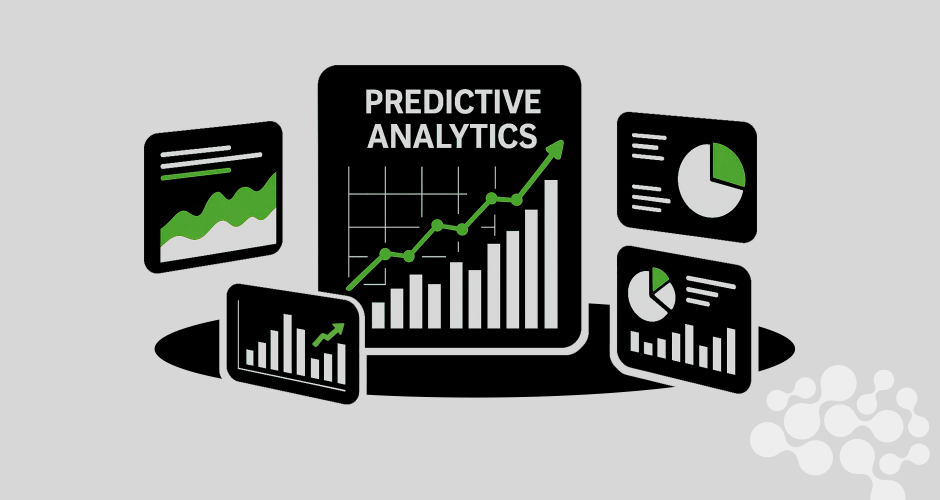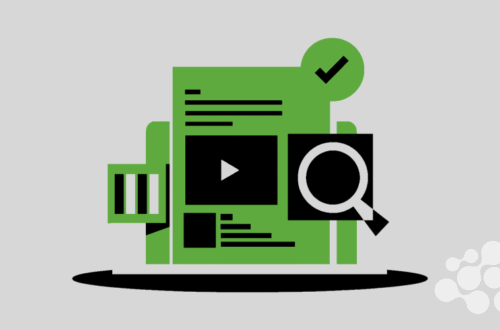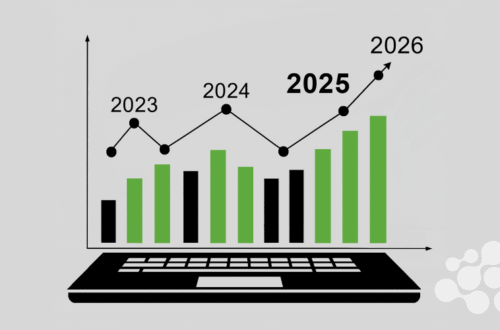If you’re in the business of understanding people, really understanding them, then predictive analytics is your secret weapon. Whether you’re running demand gen campaigns, fine-tuning customer journeys, or simply trying to figure out what your next email subject line should be, knowing what your audience intends to do next can change everything.
Here’s a conversational (but serious) breakdown of how you can start using predictive analytics to read your customers’ minds. Not in a creepy way. In a smart marketing way.
1. Anticipate Buying Signals Before They Happen
Let’s start with the obvious: predicting purchase behavior.
When someone starts comparing pricing pages, revisits your product demo, and downloads that case study from nine months ago, they’re not just browsing, they’re thinking about buying. Predictive analytics looks at all of that behavioral data, compares it with patterns from past buyers, and gives you a nudge: Hey, this one’s hot.
You can use this insight to trigger personalized outreach (think: account-based marketing), feed leads into sales pipelines faster, or even customize on-site experiences. Imagine a product page that adjusts its messaging in real-time based on where the user is in their intent journey.
2. Segment Based on Likelihood, Not Just Demographics
Most marketers still segment their audiences by the usual suspects: age, job title, industry, etc. That’s fine,but it barely scratches the surface.
Predictive analytics lets you build intent-based segments. Instead of “Marketing Directors in Healthcare,” think “Marketing Directors who have shown high engagement with performance marketing content and are likely to increase budget in the next quarter.”
These segments are smarter. They’re based on real-world behavior and propensity models, not assumptions. Which means your messaging is more likely to land.
Bonus: You’ll waste a lot less budget chasing people who are never going to convert.
3. Map Out Next-Best Actions with Confidence
One of the underrated benefits of predictive analytics? It helps eliminate guesswork.
Instead of A/B testing blindly or throwing everything into a nurture track, you can use models that suggest the next-best action based on each customer’s behavior and historical outcomes. Should they get a discount offer? Be routed to a sales call? See more educational content? The algorithm can make that call better than your gut can.
This is particularly powerful in long sales cycles where timing is everything. Predictive triggers can tell you exactly when a lead is ripe for conversion, down to the week or even the day.
4. Predict Churn Before It’s Too Late
Customer intent isn’t always about buying. Sometimes, it’s about leaving.
Every marketer focuses on acquisition, but predictive analytics can also flag customers who are showing signs of disengagement. Maybe they’ve stopped logging into your product. Or they’ve reduced support interactions. Or they’ve gone quiet on email.
When you can catch those signals early, you can intervene in a meaningful way, reach out with a loyalty perk, re-engage with value content, or just start a conversation. Churn prevention becomes proactive, not reactive.
And when you retain more customers, everything gets easier, lifetime value goes up, CAC looks better, and your growth rate gets a steady tailwind.
5. Feed Smarter Creative and Content Decisions
We usually think of predictive analytics as data science territory. But creative teams should pay attention too.
Why? Because intent data tells you what kind of content your audience wants more of. What topics are trending in your pipeline? What types of videos or blog formats are converting at higher intent stages? What questions are popping up in customer interactions that suggest uncertainty?
When you feed those insights back into your editorial calendar or creative briefs, you stop guessing. You start building assets that actually nudge people forward.
Better still, you can forecast what people will need next, before they even search for it. That’s where content gets really strategic.
Wrapping It All Up
Mapping customer intent with predictive analytics isn’t just about plugging in a tool and letting it run. It’s about shifting how you think.
Instead of chasing what already happened, you start preparing for what’s about to happen. You start making decisions with foresight. You stop relying on outdated personas and static segments and start building adaptive, real-time journeys.
The payoff? Smarter marketing, happier customers, and teams that feel like they’re finally two steps ahead instead of always one step behind.
If you’re not already integrating predictive intent mapping into your strategy, now’s the time. Because in this data-rich, attention-starved world, whoever understands intent best, wins.






